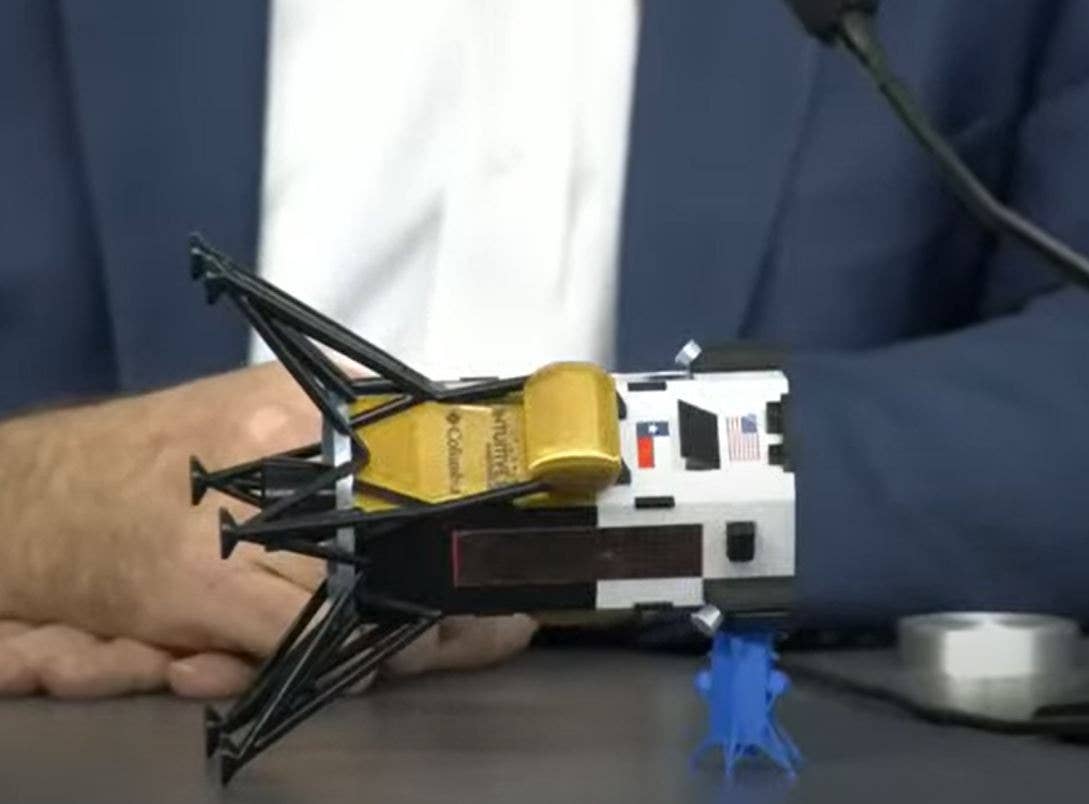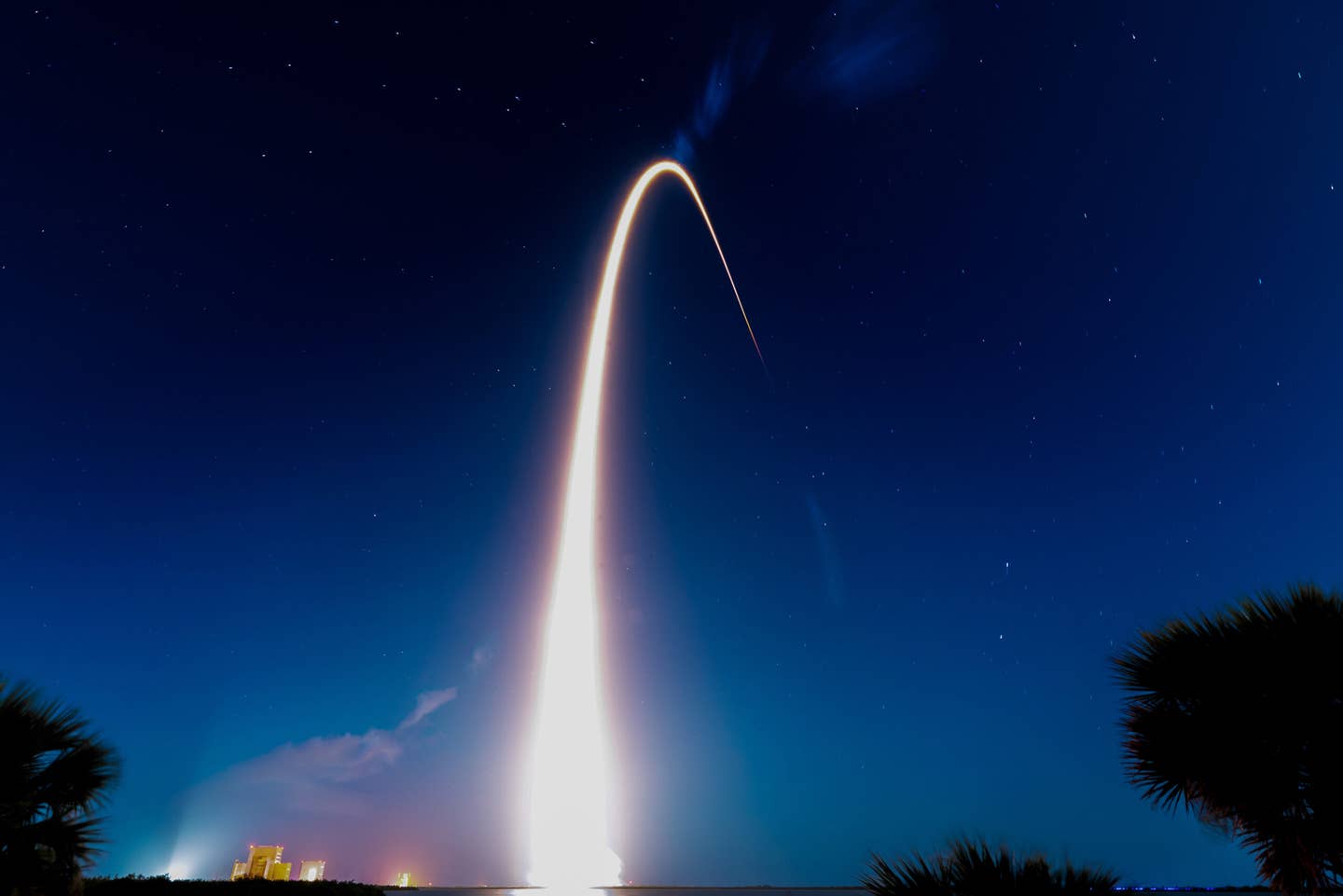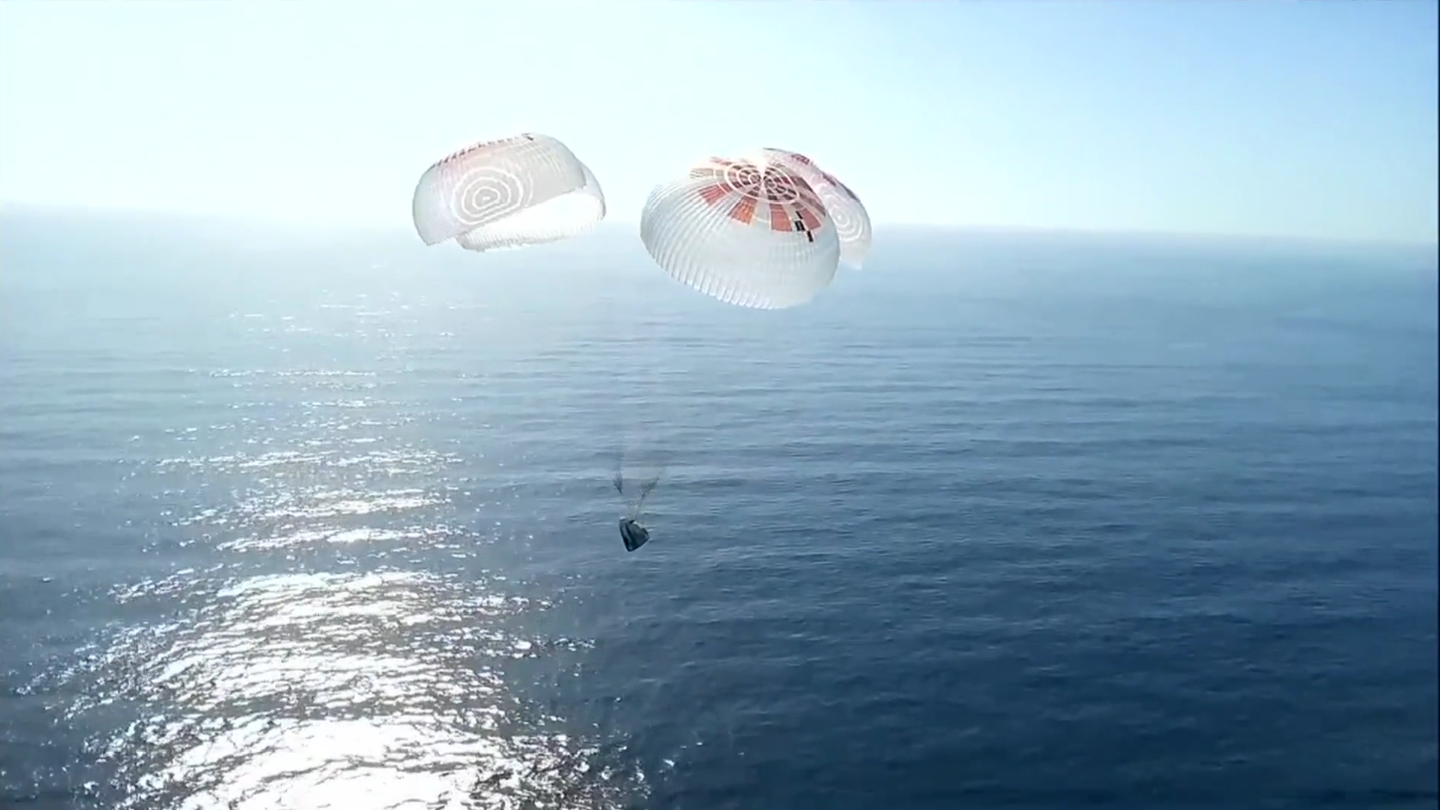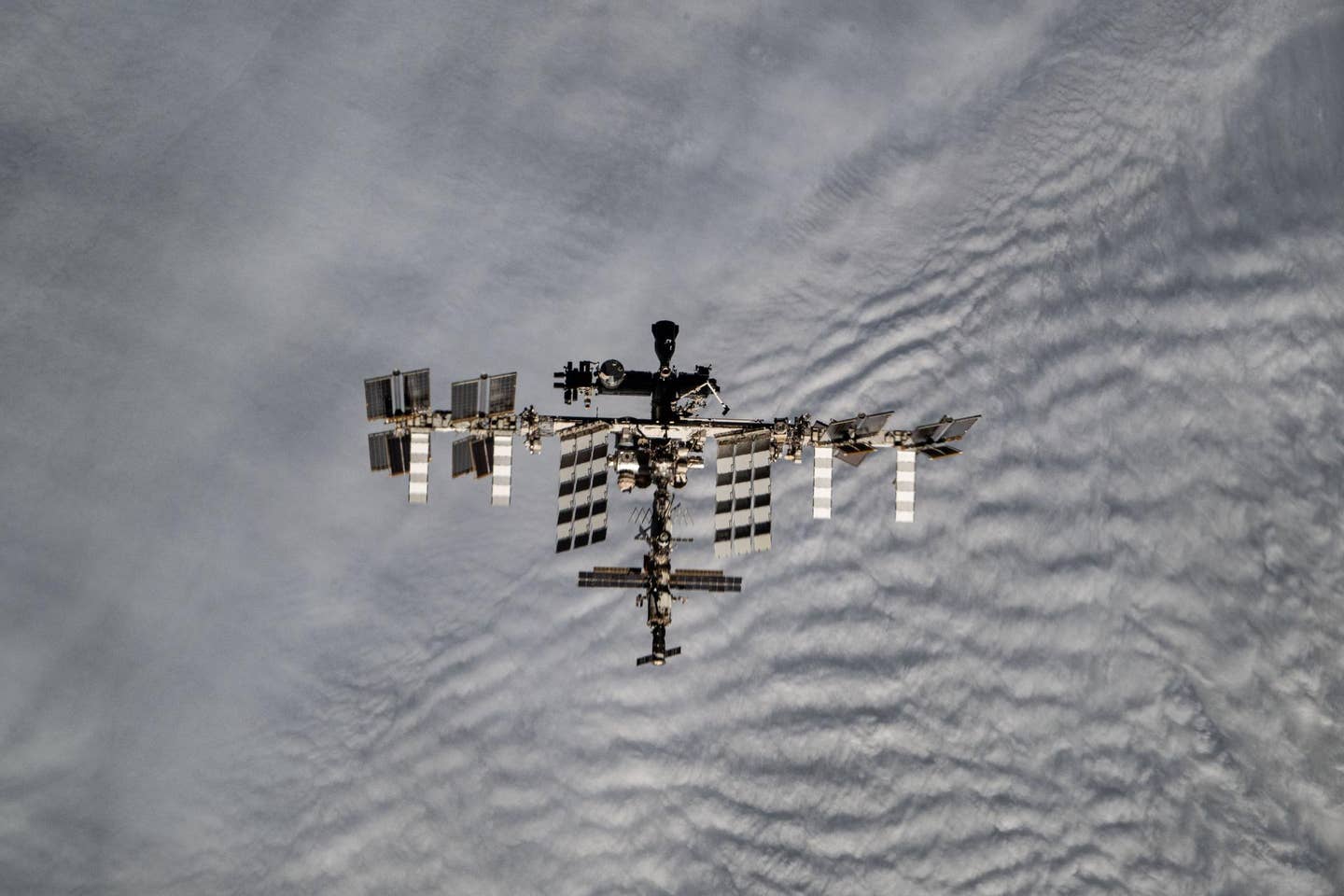‘Odysseus’ Lunar Lander Alive, Well… But Likely Not Upright
Flight controllers believe the Intuitive Machines’ Nova-C lander tipped over on its side.

Intuitive Machines believes that as the Nova-C robotic lunar lander came down, a foot was caught in the surface, tipping it over. [NASA/Screenshot]
Intuitive Machines, the Houston-based aerospace company behind the IM-1 mission, has made history with the first successful moon landing by a company when its Nova-C autonomous lander Odysseus reached the surface.
After a journey of around 600,000 miles, Odysseus softly landed in the South Pole region around 6:23 p.m. EST Thursday.
It did not, however, land upright, controllers believe.
- READ MORE: The 'Odysseus' Has Landed
"Odysseus is alive and well," the company said in its first update Friday after the landing. "Flight controllers are communicating and commanding the vehicle to download science data. The lander has good telemetry and solar charging. We continue to learn more about the vehicle’s specific information (Lat/Lon), overall health, and attitude (orientation)."
"It was quite a spicy 7-day mission to get to the moon," Steve Altemus, CEO of Intuitive Machines, said Friday. "The vehicle is stable near or at our intended landing site. We do have communications with the lander."
The sun is impinging on the solar rays, charging its batteries. "We're at a 100 percent state of charge. That's fantastic," he added.
During a press conference, the company released a photo from about 10 km above the surface of the Schomberger Crater in the South Pole region, about 200 km up-range of the target landing site. The image shows the deep shadows and undulating surface, which makes landing challenging, Altemus said.
Flight controllers believe that as the lander came down, a foot was caught in the surface, "and the lander has tipped," he said.
It will likely take several days, however, for the company to confirm the lander's orientation through data reconstruction and images. While the company believes the lander is lying on its side, it continues to to receive solar rays and the majority of its payloads are all in view, Altemus said.
On board the Nova-C lunar lander are six NASA payloads conducting research and collecting data to better understand the lunar environment prior to human exploration.
According to Altemus, the company believes that the lander is elevated off the surface, that most of the payloads are exposed, and above the panel believed to be now facing the surface.
"That panel only had a single payload on it and it's not an operational payload. It's a static payload. We're still going to try to take a picture of that payload if we can and that would meet those objectives," he said.
From NASA's perspective, the landing was a success.
"We've already gotten data along the way," Prasun Desai, associate administrator of space technology at NASA. "A lot of the payloads have already been successfully demonstrated."
According to another NASA official, the soft landing validated the space agency's commercial lunar payload services (CLPS) initiative.
"Intuitive Machines, in doing a soft touch down on the moon, has provided the first real evidence that this is possible to do. It's possible with today's technology, with dedicated engineering, and appropriate financial management to have a private company actually design a spacecraft, develop a mission, buy a rocket, and fly all the way to the moon and soft land on the surface of the moon," said Joel Kearns, deputy associate administrator of exploration at NASA. "This is a gigantic accomplishment."

Sign-up for newsletters & special offers!
Get the latest FLYING stories & special offers delivered directly to your inbox






